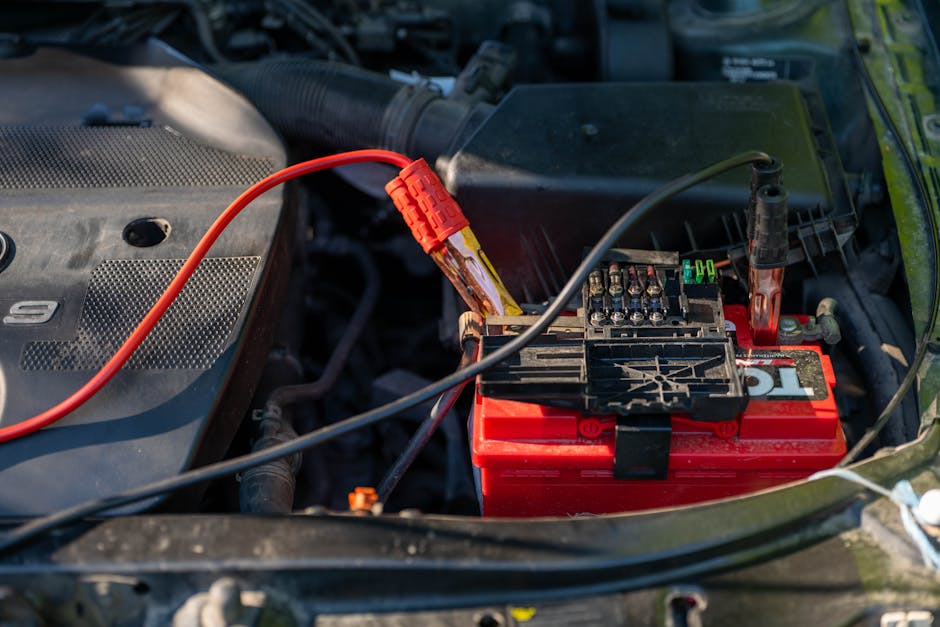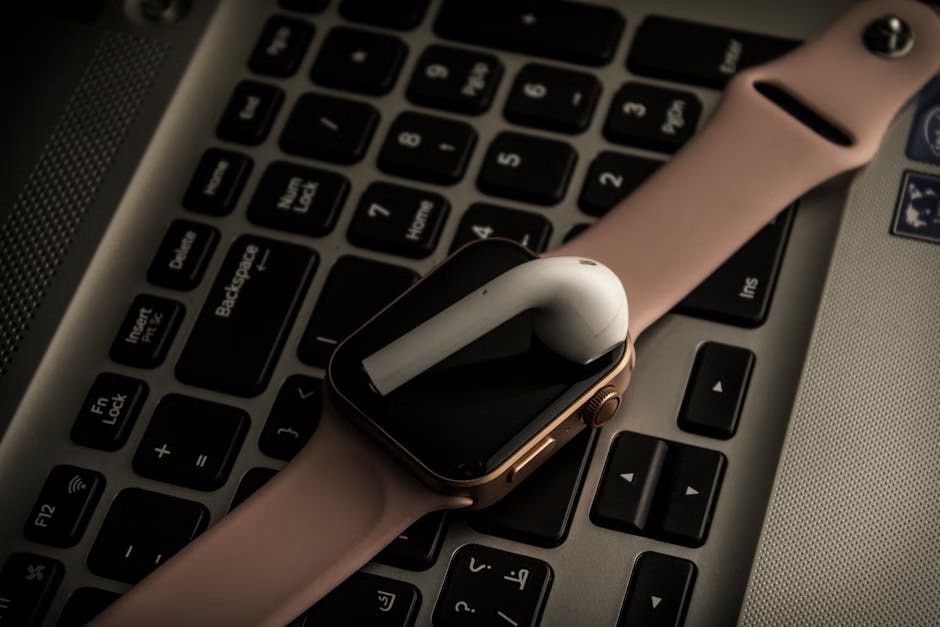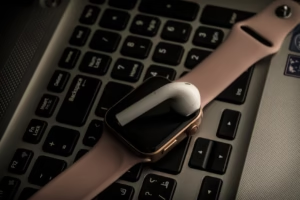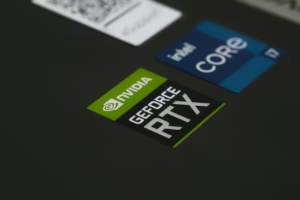Best Jumper Cables Near Me: Top 3 Local Options 24/7
Imagine this: You’re running late, you hop in your car, turn the key, and… nothing. Just a sad, clicking sound. Your battery is dead.
It’s a moment of pure dread, a common roadside nightmare that almost every driver experiences at some point. But here’s the good news: with a reliable set of jumper cables and a little know-how, you can often turn that nightmare into a minor inconvenience. As someone who&s spent countless hours on the road, both as a driver and helping others, I can tell you that preparedness is key.
Knowing where to find jumper cables when you need them most – and how to use them safely – is invaluable.
This comprehensive guide isn&t just about finding “jumper cables near me”; it&s about empowering you with the knowledge to handle a dead battery like a pro. We&ll cover everything from choosing the right cables to safe jump-starting techniques and even essential alternatives. Let&s dive in!
Why Do I Need jumper Cables Anyway?
You need jumper cables because a dead car battery is an incredibly common and inconvenient problem that can leave you stranded.
A dead battery can strike at the worst possible time. Maybe you left your headlights on, an interior light drained it overnight, or perhaps your battery has simply reached the end of its lifespan. Whatever the cause, a dead battery means your engine won&t crank, leaving you stuck. jumper cables provide a temporary solution by connecting your dead battery to a working battery from another vehicle, allowing enough power to flow to start your engine. It&s an essential tool for any driver, offering peace of mind and self-reliance.
What Kinds of jumper Cables Are There, and Which Should I Choose?
jumper cables primarily differ in gauge (thickness), length, and clamp quality. For most vehicles, a 4-gauge or 6-gauge cable, at least 16-20 feet long, with sturdy clamps, is ideal.
Choosing the right set of jumper cables is crucial for effectiveness and safety. Here’s what to look for:
- Gauge (Thickness): This is perhaps the most important factor. The lower the gauge number, the thicker the cable and the more current it can carry.
- 6-Gauge: Good for most standard passenger cars and SUVs.
- 4-Gauge: Better for larger vehicles like trucks, vans, or if you frequently jump-start in colder climates where more power is needed.
- 2-Gauge or 1-Gauge: Heavy-duty, often used for commercial vehicles or very large trucks.
Avoid anything thinner than 8-gauge, as they may not provide enough power and can overheat.
- Length: Longer cables offer more flexibility, allowing the donor vehicle to park in a safer or more convenient position.
- 10-12 feet: Often too short, requiring cars to be bumper-to-bumper.
- 16-20 feet: The sweet spot. Offers good flexibility without being too cumbersome.
- 25 feet+: Great for very tricky parking situations but can be harder to store.
- Clamp Quality: Look for heavy-duty, robust clamps with strong springs and a good grip. Insulated handles are also a plus for safety. Cheaper jumper cables often skimp on clamp quality, which can lead to poor connections or even hazards.
- Material: Copper-clad aluminum (CCA) is common and affordable, but 100% copper cables offer superior conductivity and durability, though they are more expensive.
Product Mentions: Brands like Stanley and Clore Automotive (often under the Jump-N-Carry line) are known for producing reliable, heavy-duty jumper cables. For a more budget-friendly option, Amazon Basics often offers decent quality for occasional use.
Where Can I Find jumper Cables Near Me When I&m in a Pinch?
If you need jumper cables immediately, your best bet is to check local auto parts stores, big-box retailers, gas stations, or even ask a neighbor. For planned purchases, online retailers offer the widest selection.
Finding jumper cables can be urgent. Here’s a breakdown of where to look:
- Auto Parts Stores: (e.g., AutoZone, O&Reilly Auto Parts, Advance Auto Parts, NAPA Auto Parts) These are your go-to for a wide selection and knowledgeable staff. They almost always have multiple options in stock.
- Big Box Retailers: (e.g., Walmart, Target, Home Depot, Lowe&s) Many large stores carry basic to mid-range jumper cables in their automotive or hardware sections.
- Gas Stations/Convenience Stores: While not guaranteed, some larger gas stations or travel centers might stock emergency automotive supplies, including basic jumper cables. The selection will be limited, and prices might be higher.
- Online Retailers: (e.g., Amazon, eBay, Walmart.com) If you&re planning ahead, online stores offer the best prices and widest variety. You can compare reviews and specs easily. Just remember, same-day delivery for “near me” isn&t always an option here.
- Ask Around: Don&t underestimate the kindness of strangers or neighbors! If you&re stranded, someone nearby might have a set they&d be willing to lend or even help you with.
The best strategy is to buy a quality set of jumper cables *before* you need them and keep them in your vehicle&s emergency kit. Check out our guide on Essential Car Emergency Kit Items for more must-haves.
How Do I Safely Use jumper Cables to Jump Start a Car?
To safely jump-start a car, connect the red positive clamp to the dead battery&s positive terminal, then the other red clamp to the donor battery&s positive terminal. Next, connect a black negative clamp to the donor battery&s negative terminal, and the final black clamp to an unpainted metal surface on the dead car&s engine block (not the battery). Start the donor car, then the dead car.
Safety is paramount when dealing with car batteries. Follow these steps carefully:
- Attach one red positive (+) clamp to the dead battery&s positive terminal.
- Attach the other red positive (+) clamp to the donor battery&s positive terminal.
- Attach one black negative (-) clamp to the donor battery&s negative terminal.
- Attach the final black negative (-) clamp to an unpainted metal surface on the dead car&s engine block or frame, away from the battery and moving parts. This is to avoid sparks near flammable battery gases.
- Remove the black negative (-) clamp from the dead car&s engine block/frame.
- Remove the black negative (-) clamp from the donor battery&s negative terminal.
- Remove the red positive (+) clamp from the donor battery&s positive terminal.
- Remove the red positive (+) clamp from the dead battery&s positive terminal.
Remember to always consult your vehicle&s owner&s manual for specific jump-starting instructions, especially for modern vehicles with complex electronics.
What Are Some Common Mistakes to Avoid When Using jumper Cables?
The most common mistakes include incorrect polarity, allowing clamps to touch, and ignoring vehicle-specific instructions.
Shop Related Products on eBay
Find the best deals on these recommended products:
… (Content truncated for length) …
About the Author:
Poly Kaza is a seasoned technology journalist and wearable tech enthusiast with over a decade of experience reviewing and analyzing the latest innovations in smart devices. He has a deep understanding of the underlying technologies that power smartwatches and a passion for helping consumers make informed decisions about their digital companions. His work focuses on bridging the gap between complex technical specifications and practical user experience, with a keen eye on how wearables impact daily life and health.













3 comments